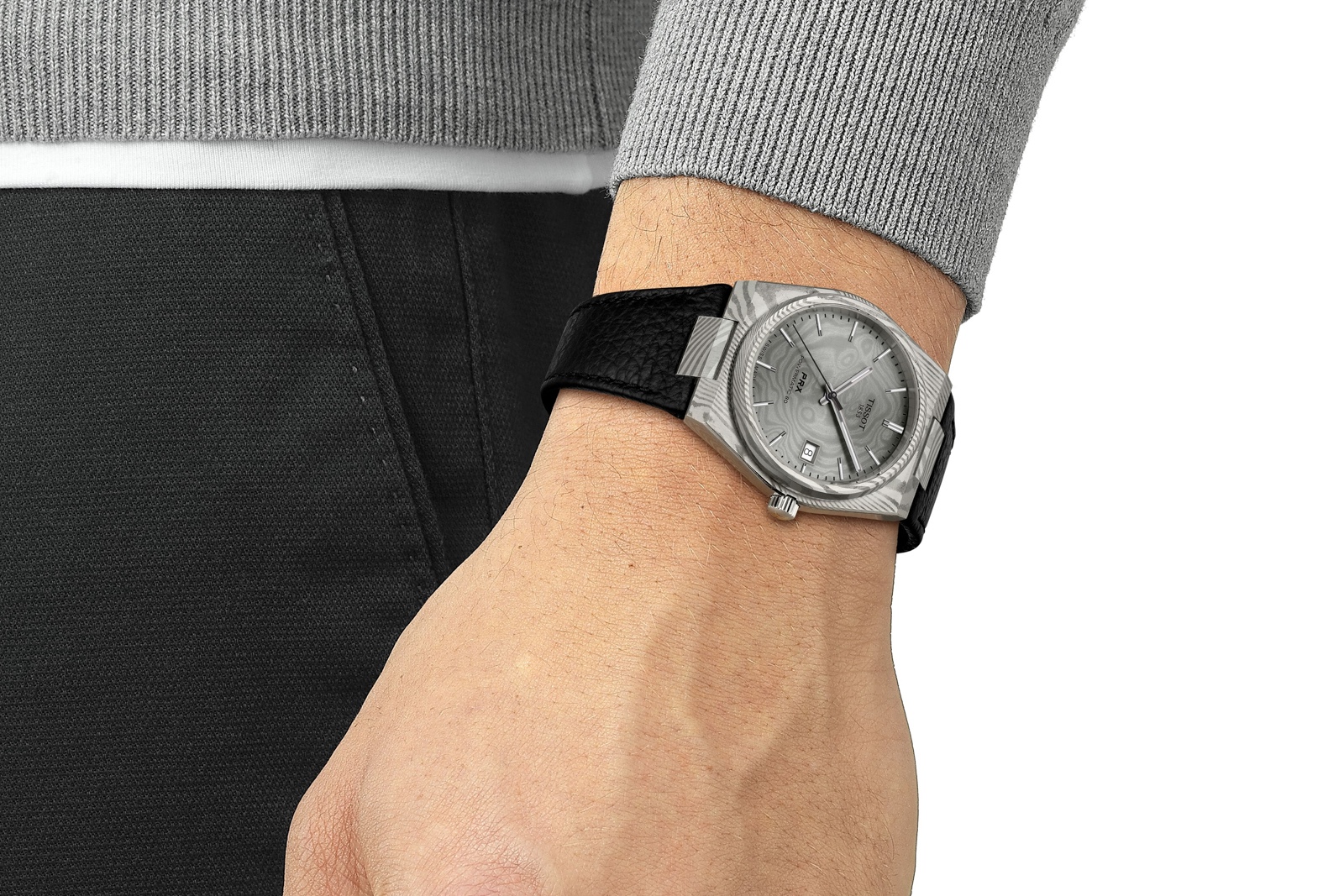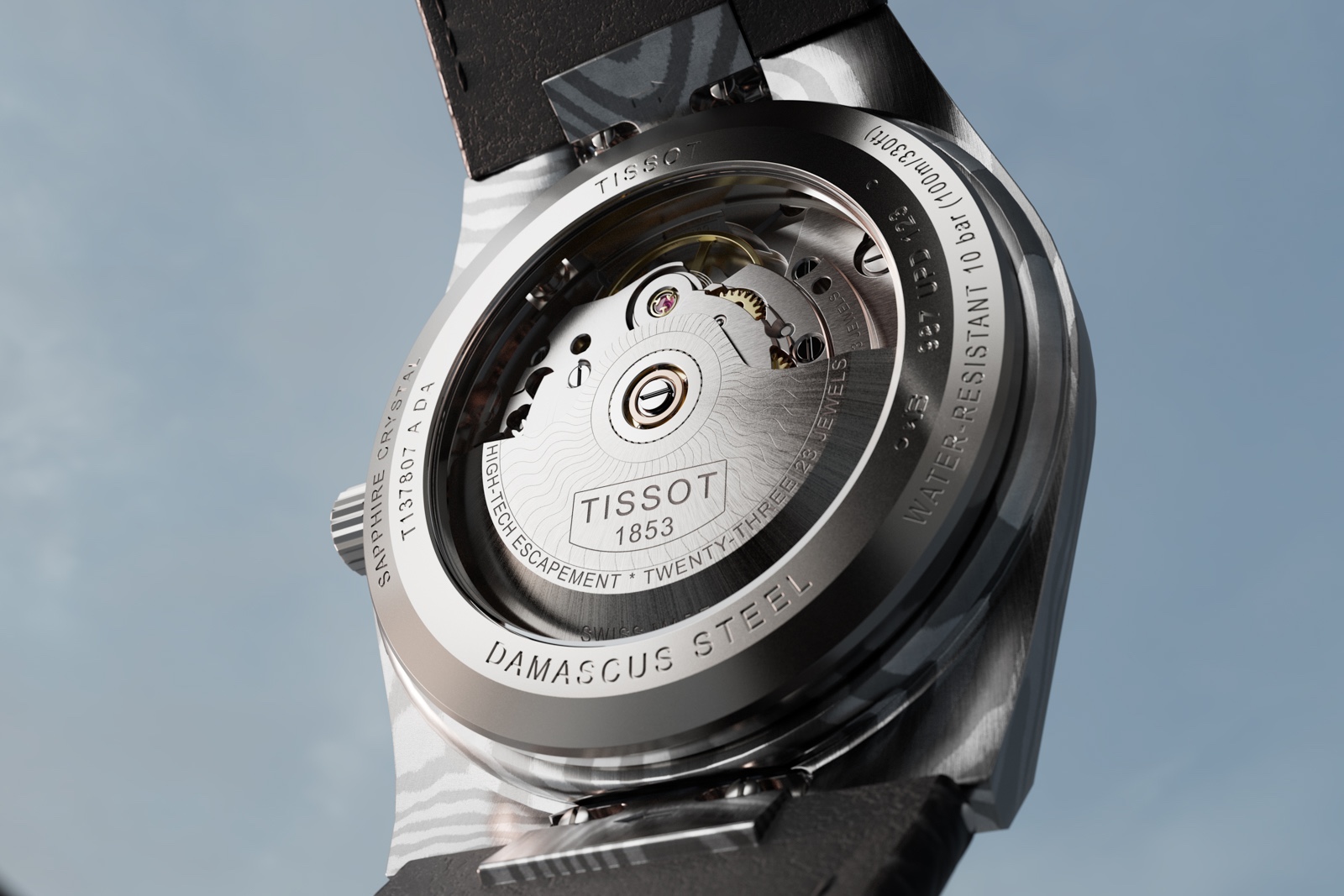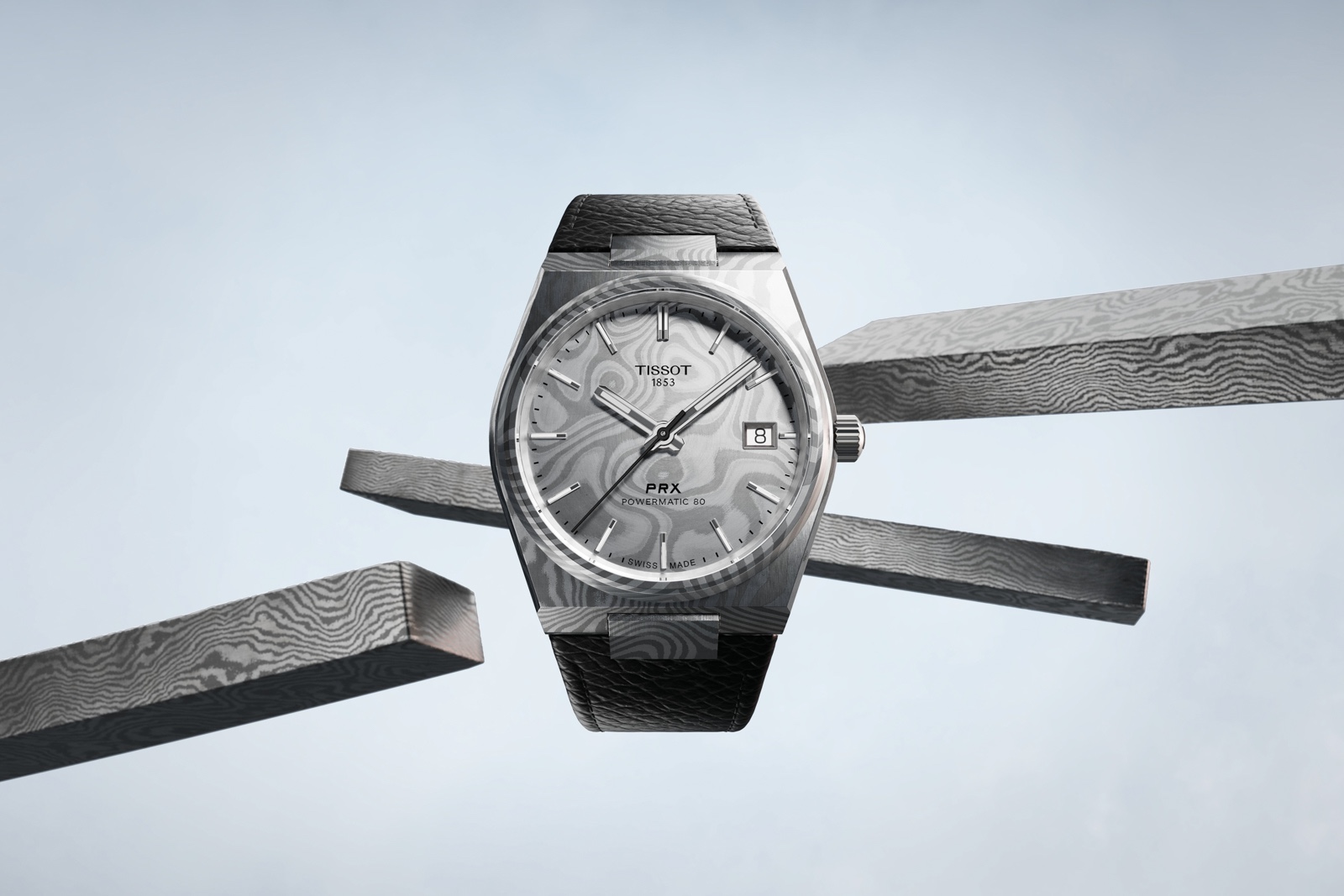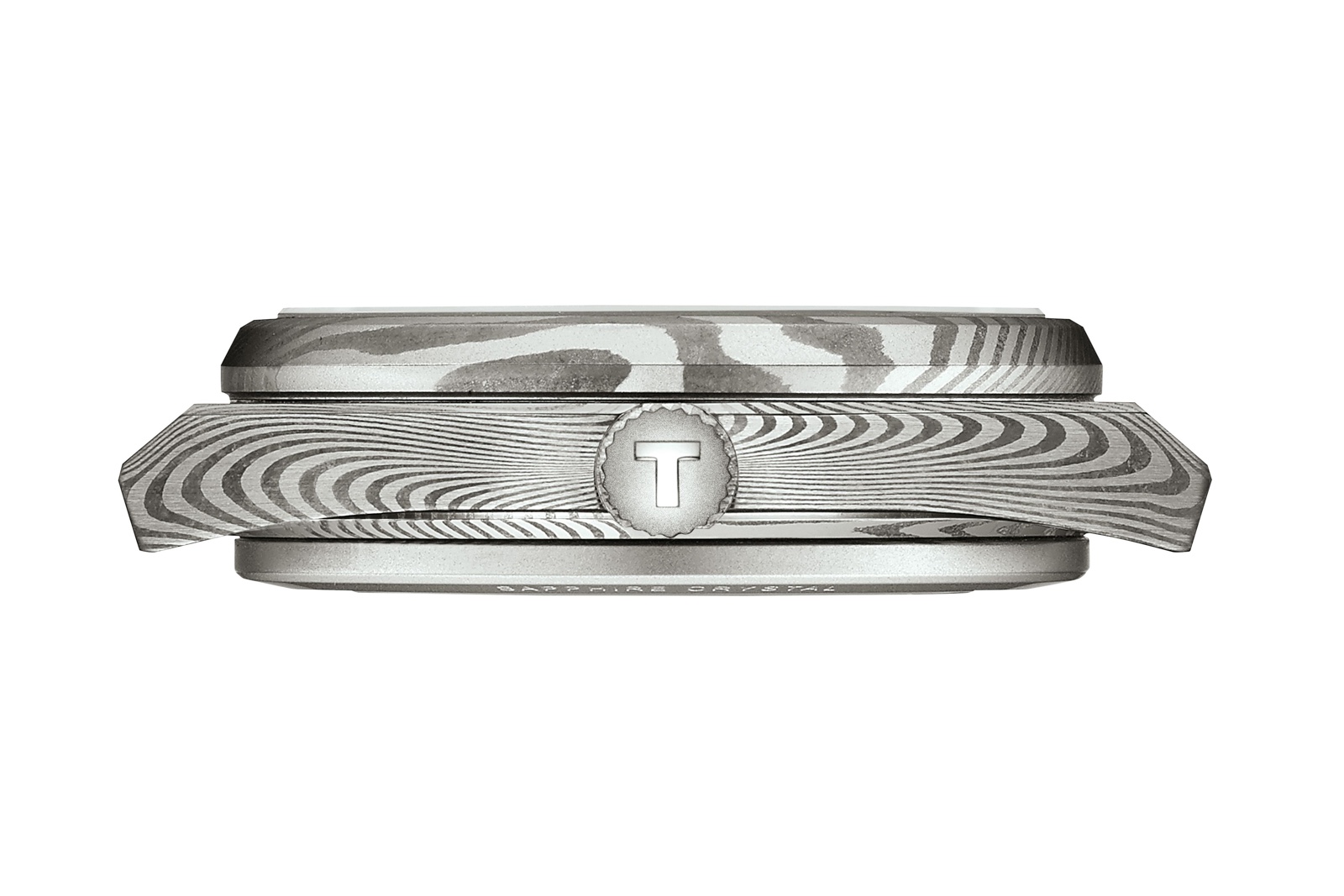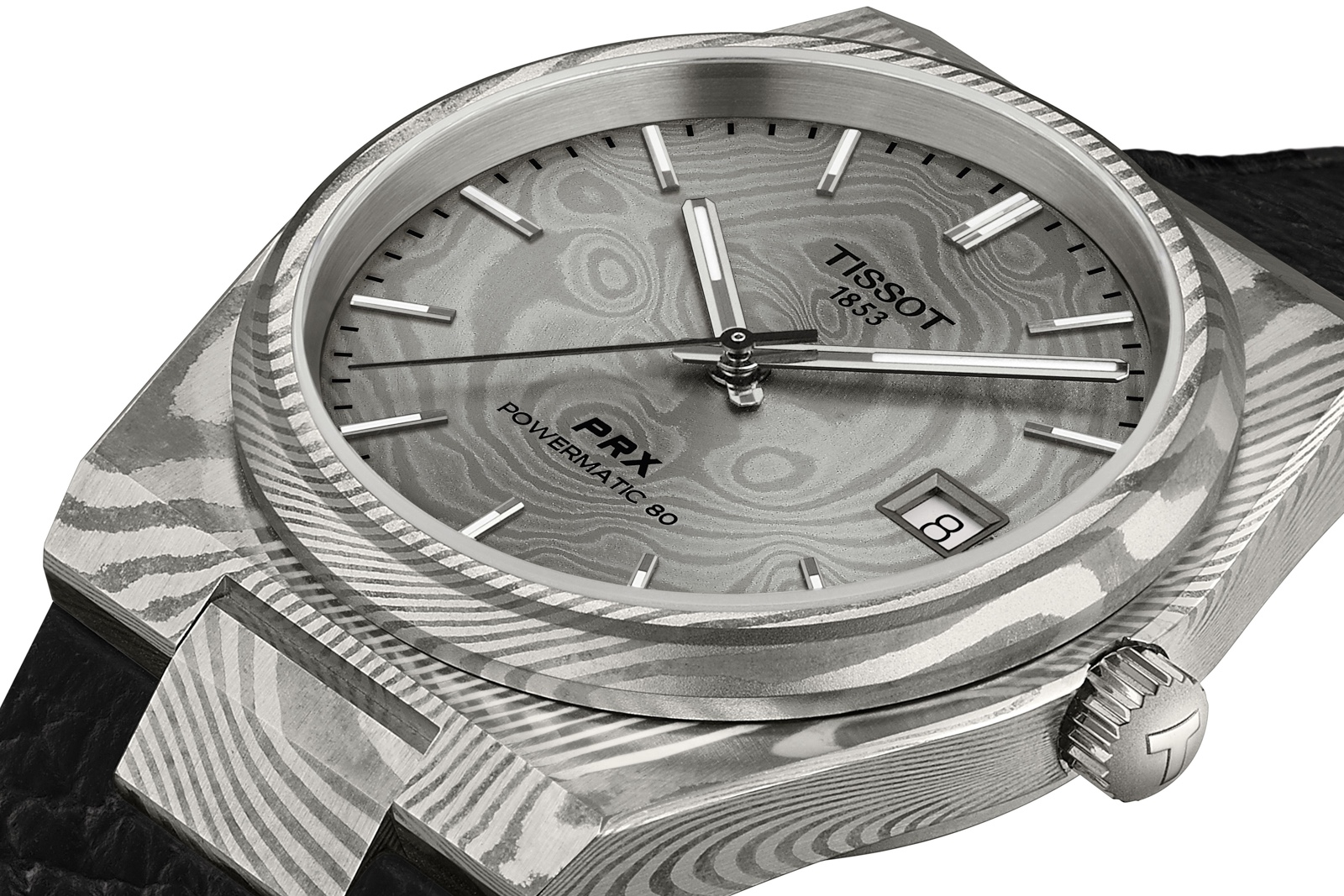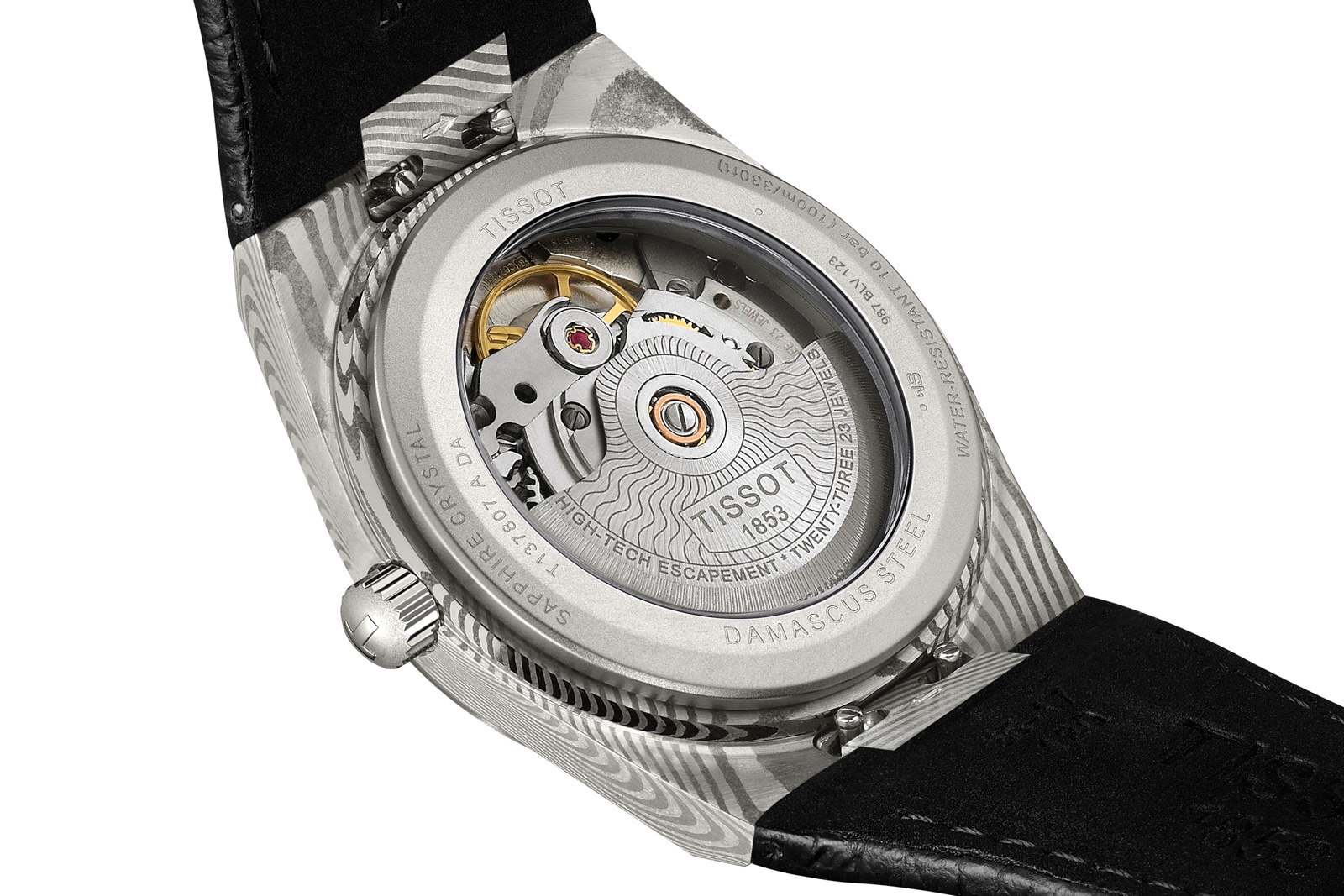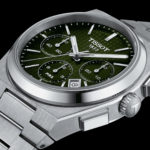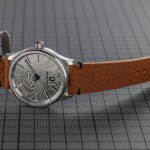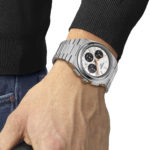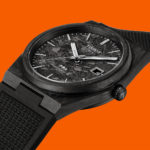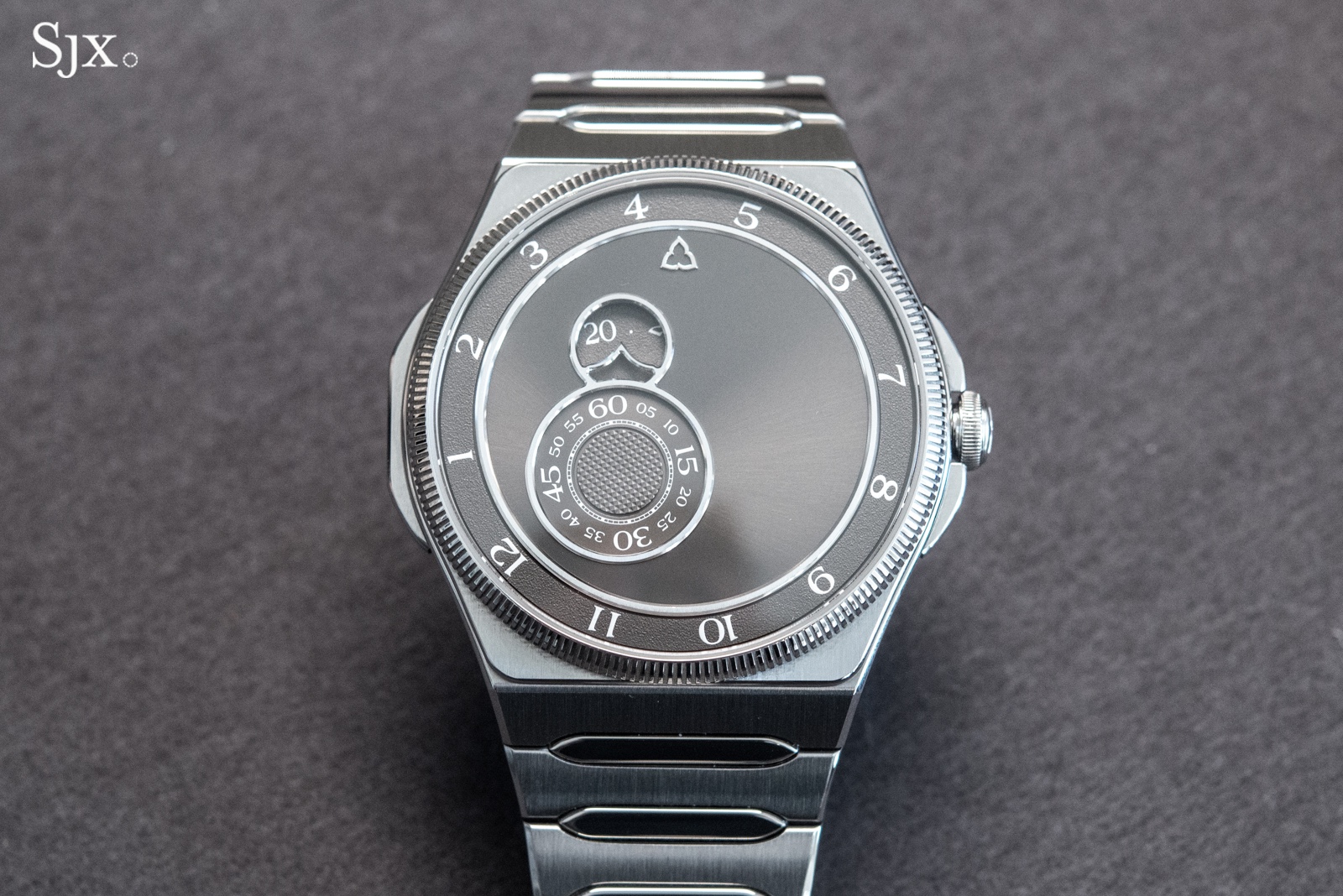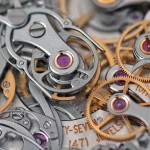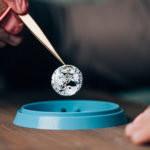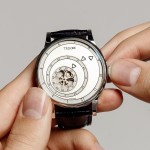Gautier Massonneau didn’t set out to become a watchmaker; he just wanted a nice watch. Nearly a decade later, the thirty-something Frenchman finds himself on the verge of re-establishing industrial watchmaking in the French capital with Trilobe. His partner in this evolution, Volcy Bloch, has helped steer Trilobe from design-led start-up to a vertically integrated enterprise capable of producing its own movements and, increasingly, of charting its own future.
Having surrounded himself with an experienced team of watchmakers and engineers in the city’s upscale 9ᵗʰ arrondissement, Mr Massonneau has built something quietly radical: a young brand that began as an idea sketched in a Paris apartment that is now in transition to becoming a full-fledged manufacture.
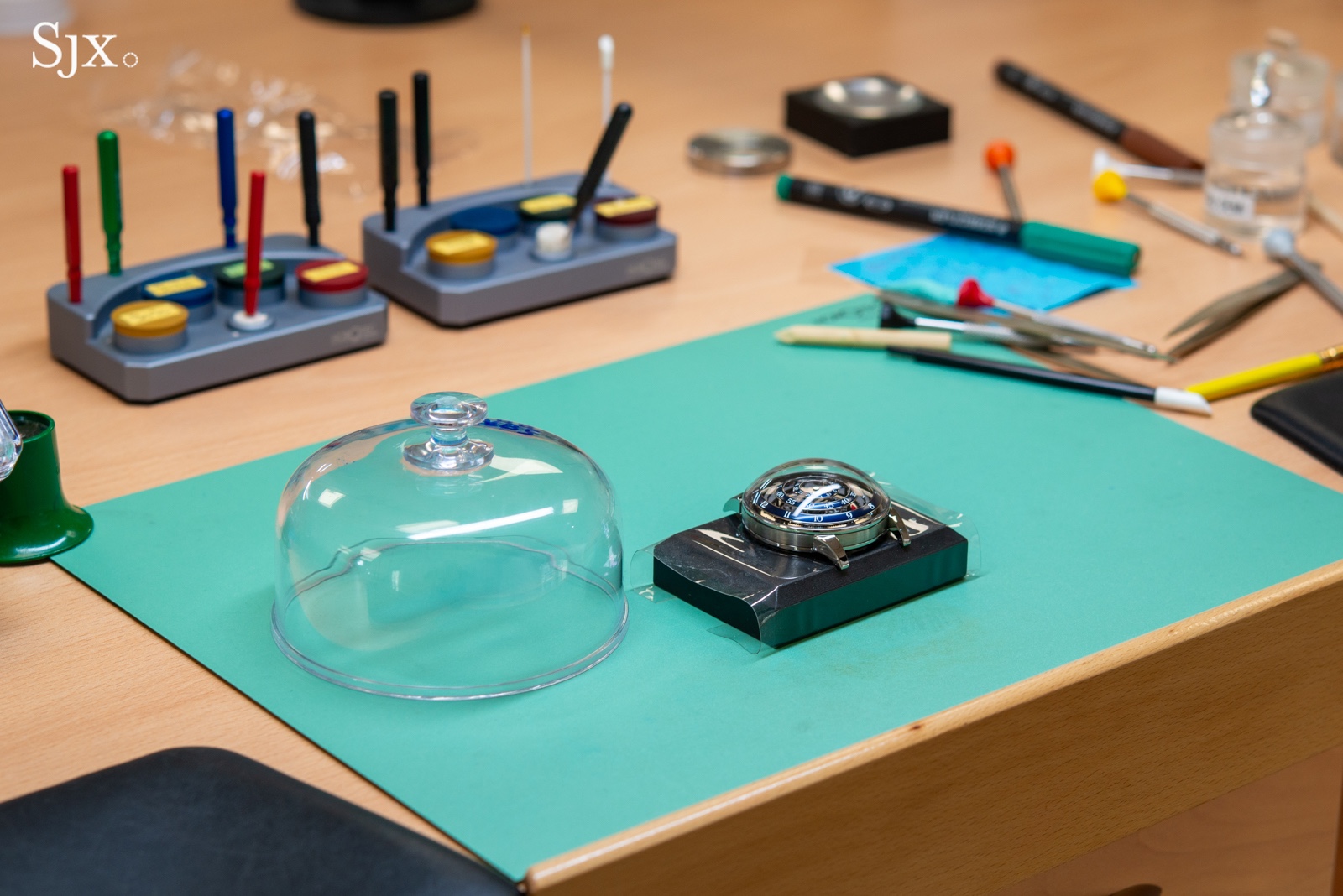
Initial thoughts
It’s difficult to discuss the rebirth of French watchmaking without acknowledging the turbulence of the past half-century. France was once a powerhouse of horological innovation, home to Breguet, Lépine, and the great marine chronometer makers of the 18th and 19th centuries, but the industrial base began to erode after the Industrial Revolution and never truly recovered.
By the late-twentieth century, the last national movement manufacturers had either collapsed or been acquired, their ambitions thwarted by globalisation and Switzerland’s ascendance. Lip, for example, was an early pioneer in electronic timekeeping, but the company’s head start wasn’t enough to insulate them from the rapid development of more advanced (and lower cost) quartz watches from the Far East.
Since then, there have been numerous attempts to reignite the industry. Some, like France Ebauches’ ill-fated 1990s expansion, were undone by overreach; others, such as Aiôn’s recent venture, may not have been launched in good faith.
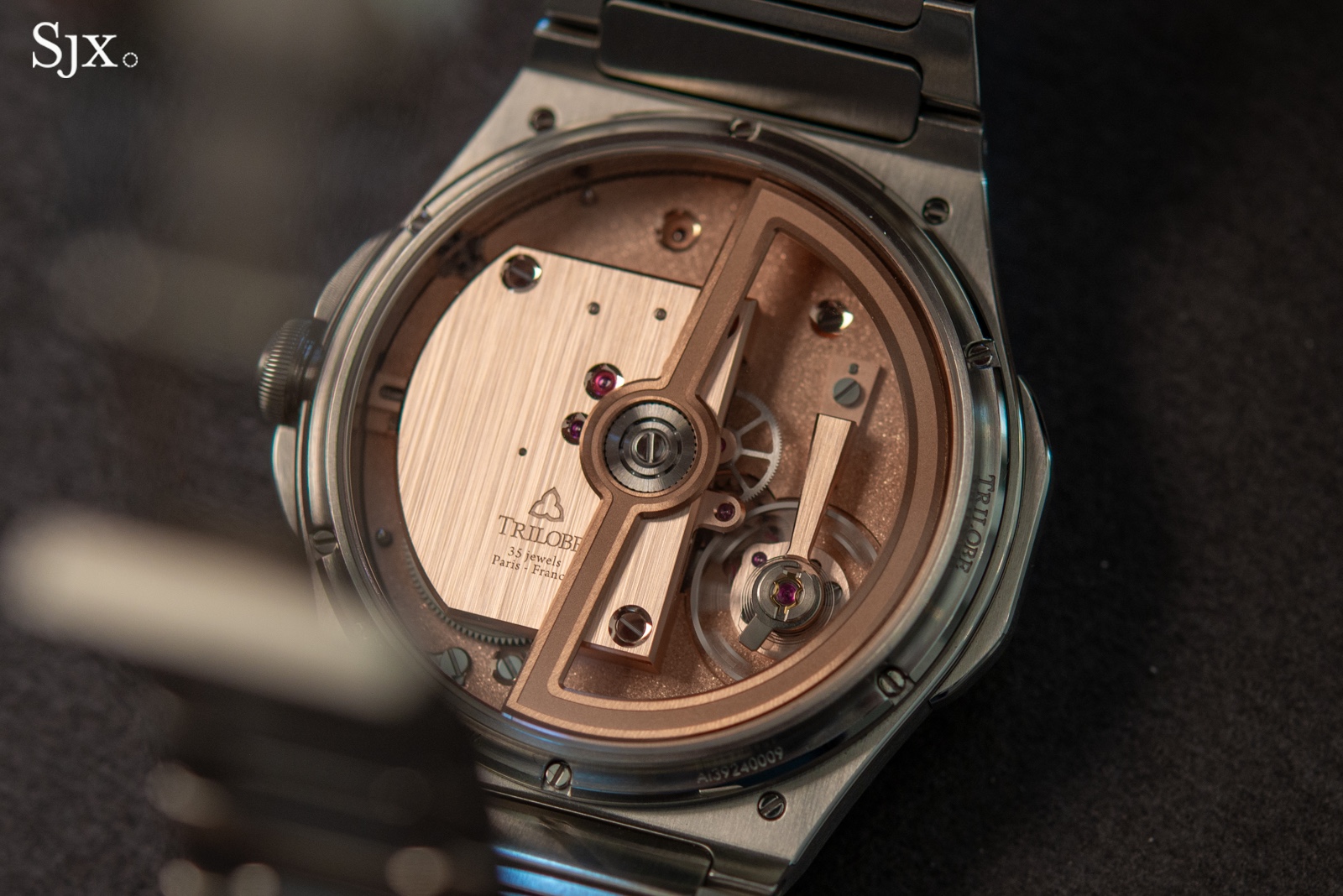
Trilobe’s in-house X-Nihilo calibre – 80% of its components are made within Greater Paris.
Against this backdrop, Trilobe’s tangible progress feels unusually credible for a few reasons. For one thing, the product actually exists; it isn’t just a press release with the goal of securing funding. Furthermore, the brand started with a distinct visual identity and a growing network of international retailers before attempting to industrialise.
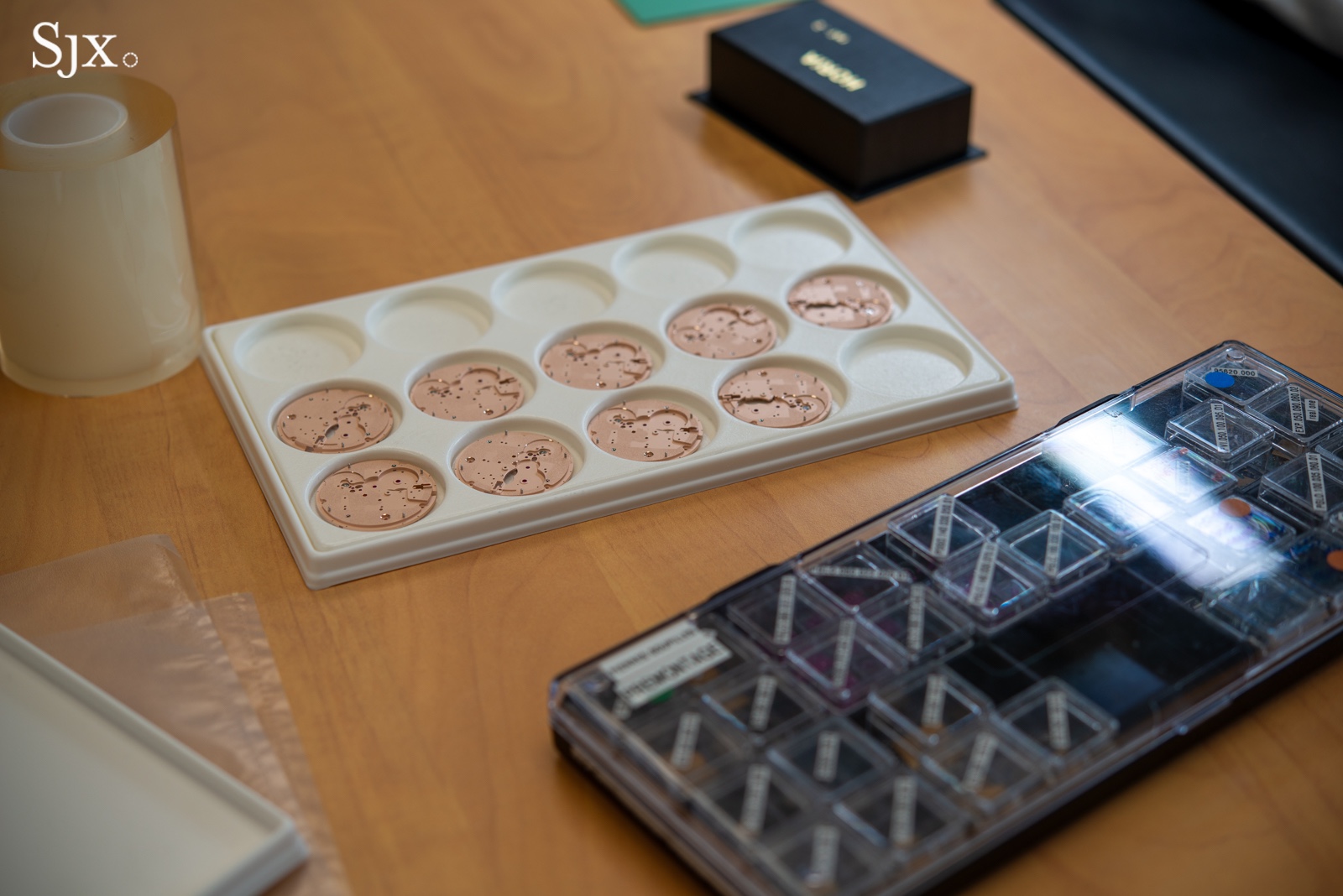
X-Nihilo movement plates being prepped for jewel setting within the Paris atelier.
This commercial foundation is what supports the new industrial venture. While many French initiatives have pursued scale first and differentiation later, Mr Massonneau and Ms Bloch have reversed the formula: they began with a distinct product, and only once it had found its audience did they turn their focus inward to master the making.
In doing so, Trilobe has arguably become the first Paris-based firm in my lifetime to make meaningful headway toward in-house production at significant scale. Today the company produces around 400 pieces annually, though it must be said that proportionally much of that is still accounted for by legacy products with Swiss-sourced movements. But the product mix will inevitably rebalance to favour of locally made movements in the near future.

The transition to industrialisation
Today Trilobe employs nine full-time watchmakers, up from six just two years ago, anchored by Sandrine Labat, formerly a watchmaker at Patek Philippe. But when the brand debuted in 2018, Mr Massonneau adopted an asset-light business model, handling design and marketing from Paris while outsourcing production to Switzerland.
The brand’s first movement was developed by Le Cercle des Horlogers in La Chaux-de-Fonds, a capable specialist that brought Trilobe’s unusual time display to life. This structure made sense for a young company, but over time the limitations of distance became apparent.

The decision to bring everything in house was pragmatic, rather than ideological. The chief frustration lay in the feedback loop between after-sales service and product development. When assembly, servicing, and R&D were dispersed across multiple sites, the information flow stagnated. By centralising production, the team can respond more quickly when patterns emerge; when something breaks or is overly time-consuming to service, feedback can be shared directly with R&D.
The first step was assembling Le Cercle’s calibres on-site in Paris. Since then, the effort has expanded dramatically. The new X-Nihilo movement is machined largely in-house, with roughly 80% of its components (including plates, bridges, winding rotors, wheels, and pinions) produced at Trilobe’s new CNC machine shop within the city limits of Greater Paris.

They don’t make everything; Trilobe plans to continue to source hairsprings, jewels, and escapement parts from established Swiss suppliers, as is the norm for all but the most vertically integrated behemoths.
Apparently funded with a bank loan to avoid taking on outside investors, the new workshop operates as a sister company and expects to become a supplier to other brands as well, which is not uncommon; it’s a sensible way to accelerate the return on investment, and presumably to insulate the brand against any financial strains at the movement-making venture.
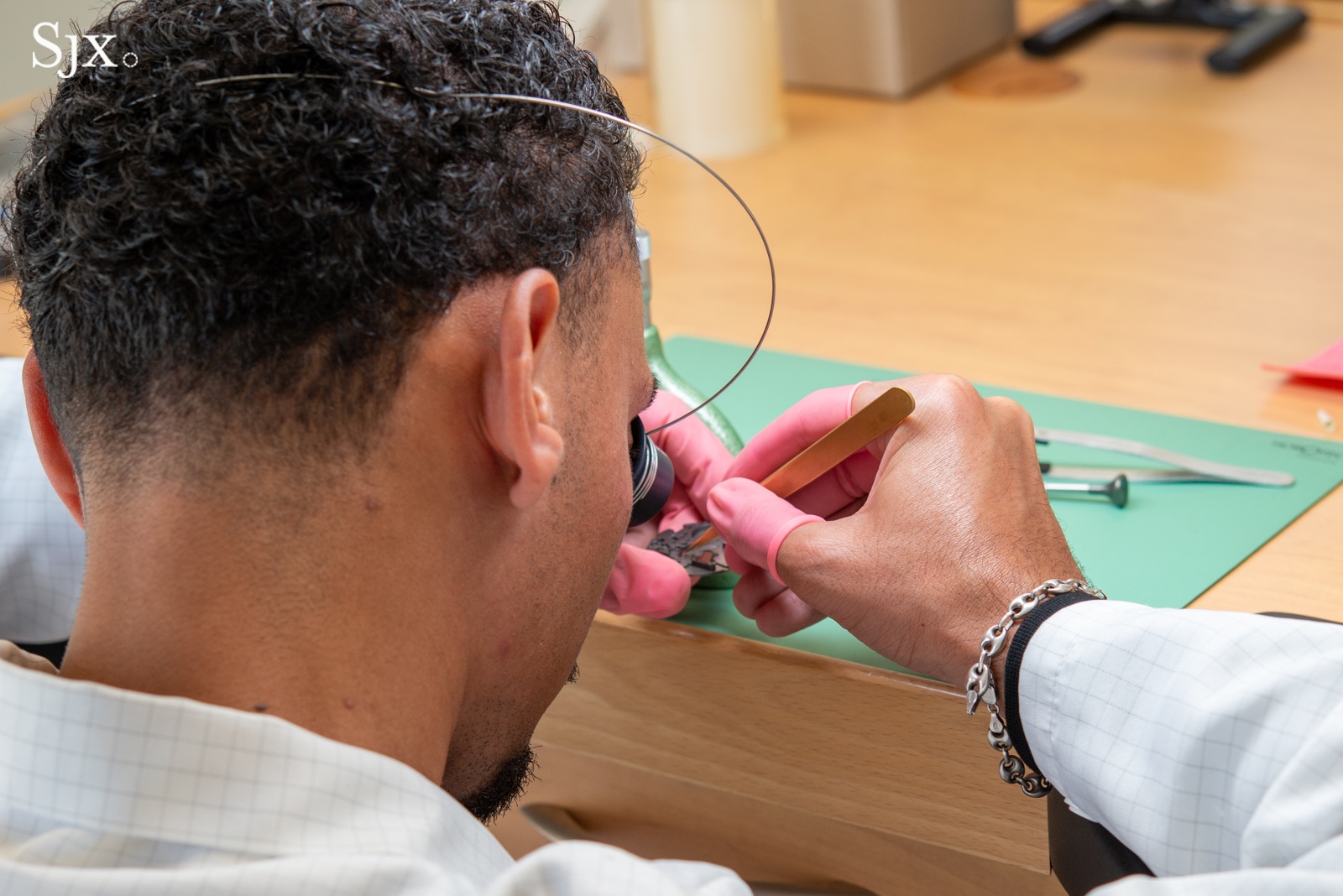
A watchmaker sets jewels into the mainplate of an X-Nihilo movement.
The next frontier will be external components. Cases and bracelets are presently sourced from Switzerland, as are dials from a high-end maker that also supplies Cartier and A. Lange & Söhne. Even the spring-loaded bracelet clasp is recognisable, sourced from G&F Châtelain, Chanel’s component arm that supplies a similar clasp to Richard Mille.
Yet the long-term vision is clear: once movement production reaches scale, Trilobe intends to bring case and bracelet manufacture in-house, completing its evolution from Parisian design studio to genuine manufacture.
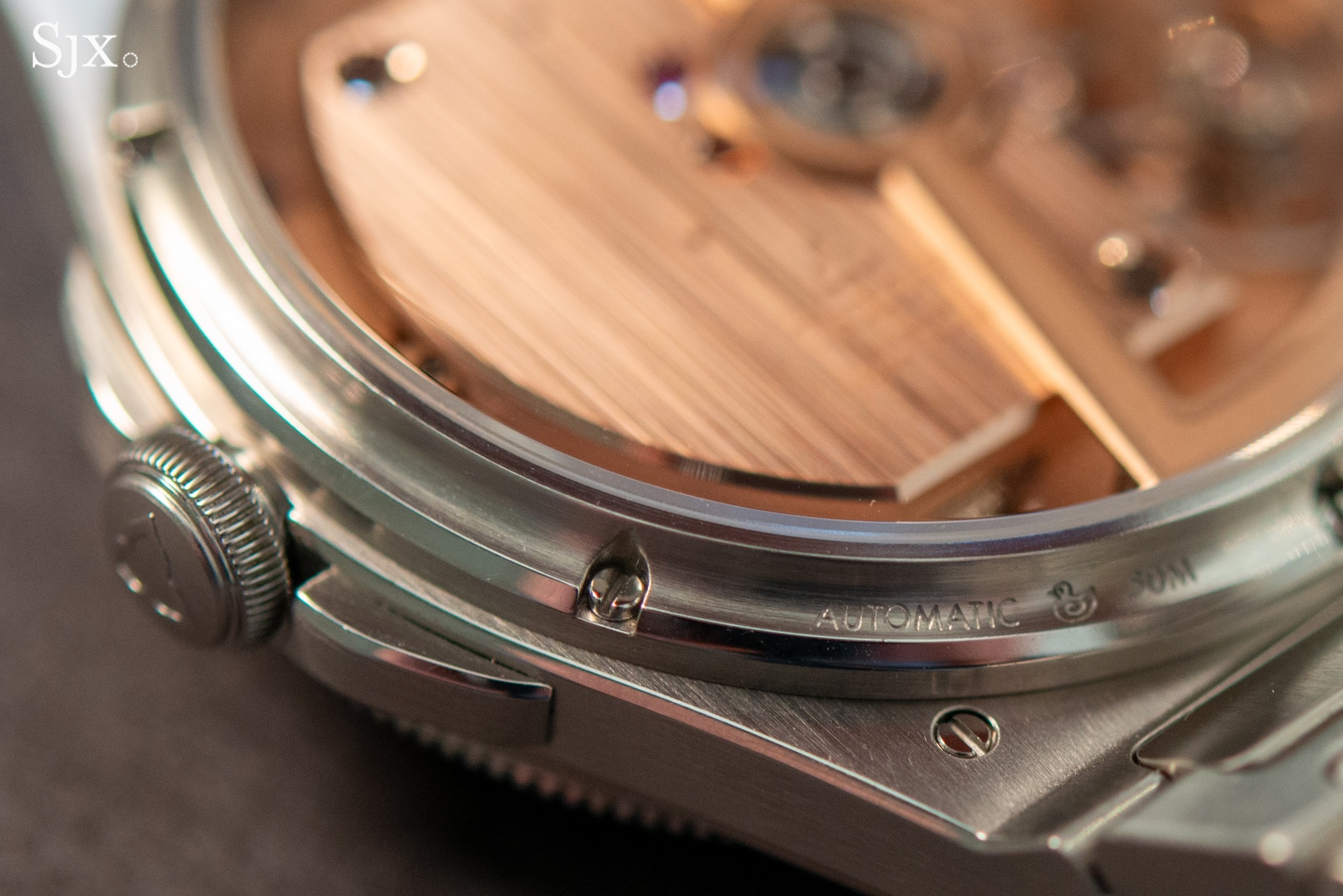
Cases and bracelets are currently sourced from Switzerland, but the brand plans to produce these components in Paris in the future.
Hands-on with the Trente-Deux
Trilobe’s industrial prowess became apparent a few weeks ago with the launch of the Trente-Deux, named for the brand’s home address a few steps away from Place Vendôme. A 39.5 mm stainless steel sport watch with an integrated bracelet, the Trente-Deux is most significant for being the launch platform for the brand’s first in-house movement, called X-Nihilo, which translates roughly as ‘from nothing’.
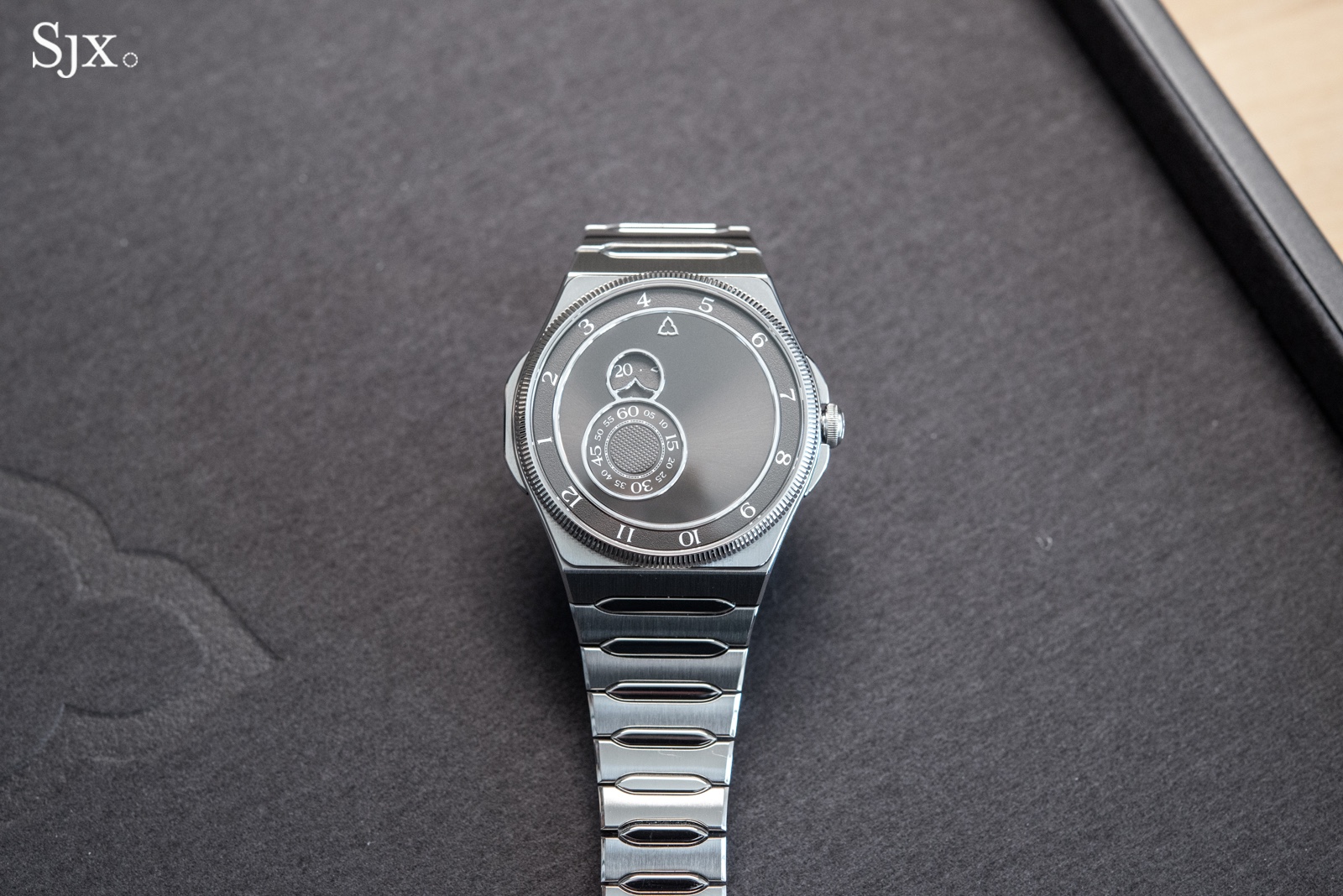
At launch, the Trente-Deux is available in attractive, if slightly predictable, shades of grey and blue. Boring as the colours may be, they were clearly the right choice from a commercial standpoint since the subscription series pieces, standard models sold at a small discount, are now sold out. Regular production has now commenced, at a price point of €17,500 excluding taxes.
The X-Nihilo calibre was designed to retain Trilobe’s signature disc-based time display, which counts the hours on the outermost ring, read against the brand logo at the traditional twelve o’clock position. The minutes pass underneath, visible through a small window, and the seconds disc rotates continuously.
The design results in a pleasing amount of negative space, dressed up with sunray brushing that emanates from the seconds disc. As with many time display complications, it’s difficult to read the time at first but the eye quickly adjusts.
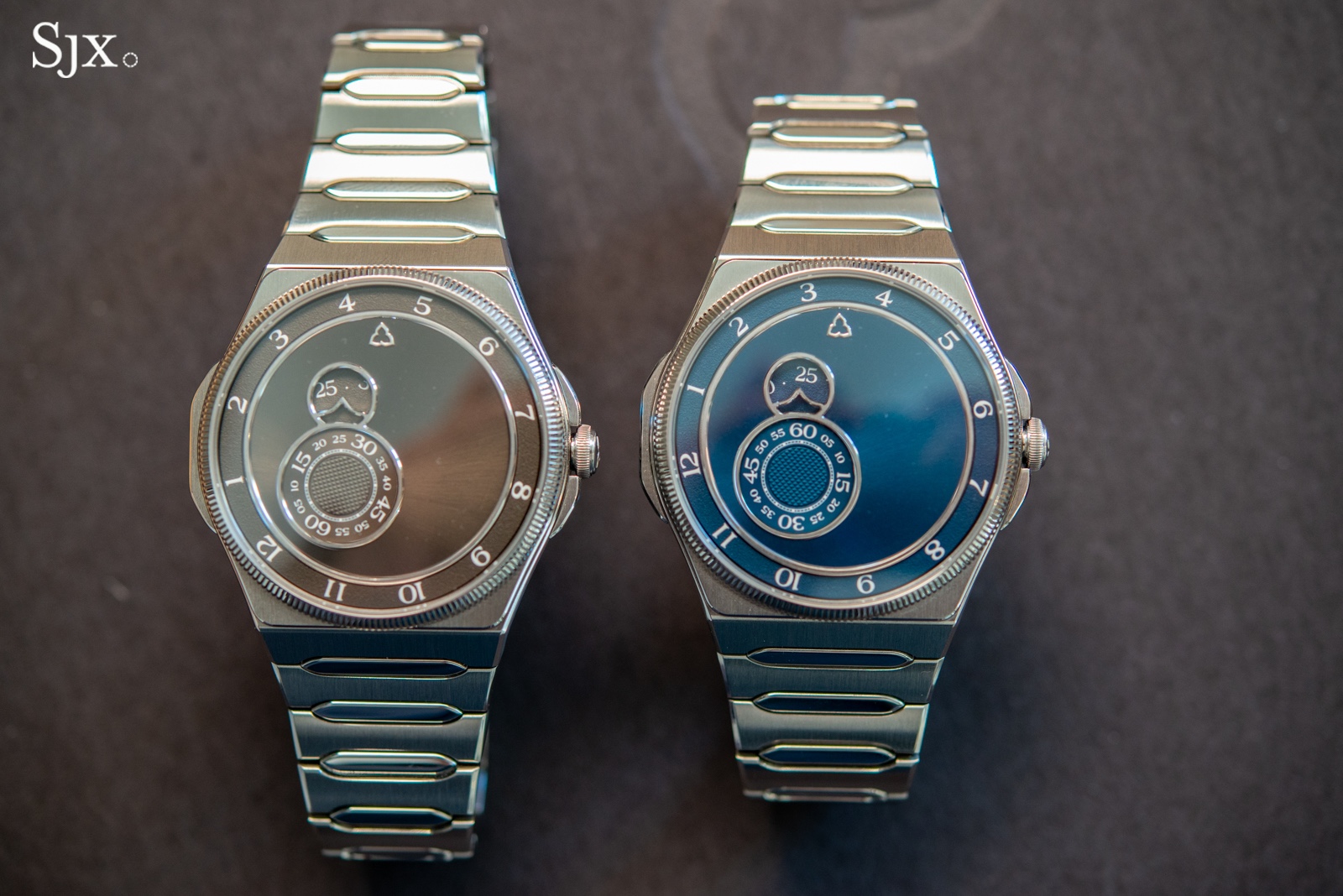
The movement’s gilded finish recalls historical French watchmaking, and the distinctive squared-off architecture is an immediate signal that it’s not an off-the-shelf product from a mainstream supplier.
Up close, the finishing is attractive, and holds up well against peers in this segment. In particular, the countersinks around the jewels and screws gleam brightly, and the aggressive vertical brushing of the barrel bridge creates an appealing contrast with the frosted mainplate, breaking up the otherwise monochromatic look.
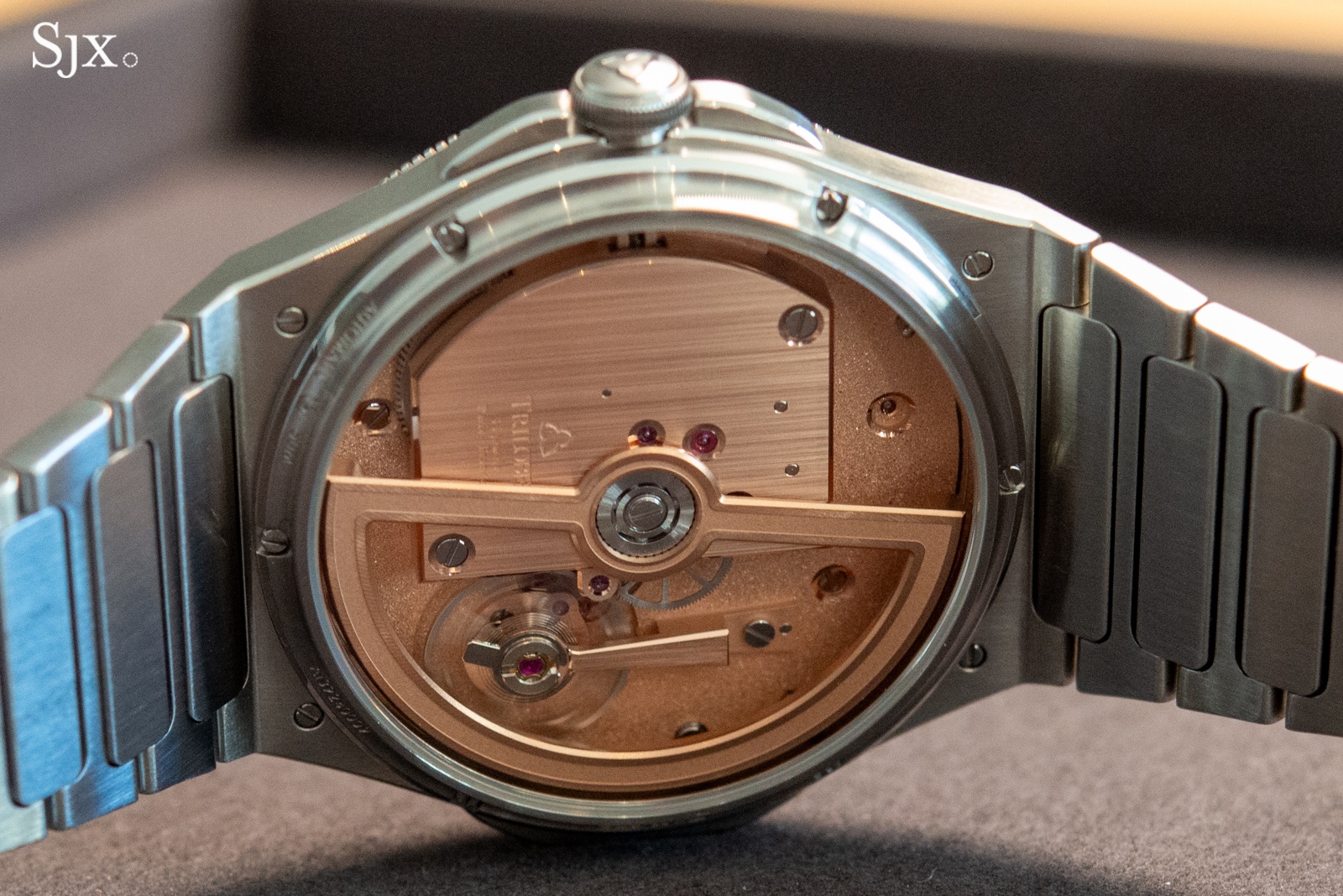
The case and bracelet, among the components not currently made in-house, are executed to a high standard but feel somewhat generic compared to the dial and movement. This is arguably a limitation of the integrated bracelet format; it seems like every possible way of integrating the bracelet has been tried before.
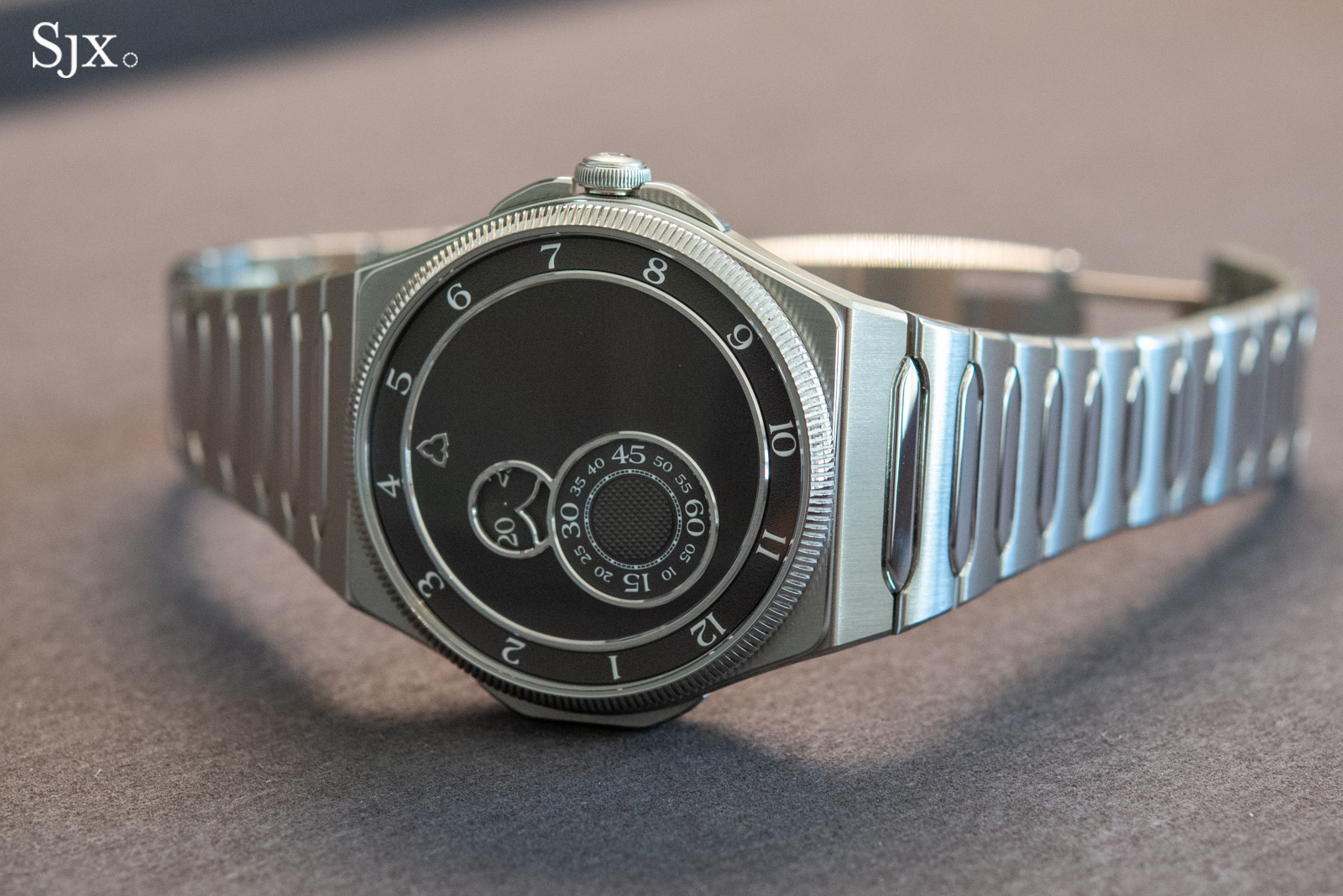
Ambitious clocks
Paris has a long history of clock making, and the story of Trilobe’s early development doesn’t end with wristwatches. My visit to the atelier provided an up-close look at these unusual products.
The company’s first clock, created for Only Watch 2021, was a collaboration with artist Daniel Buren. The clock’s striped design memorialises a single moment in time, 2:13 PM, when Mr Massonneau first met Mr Buren.
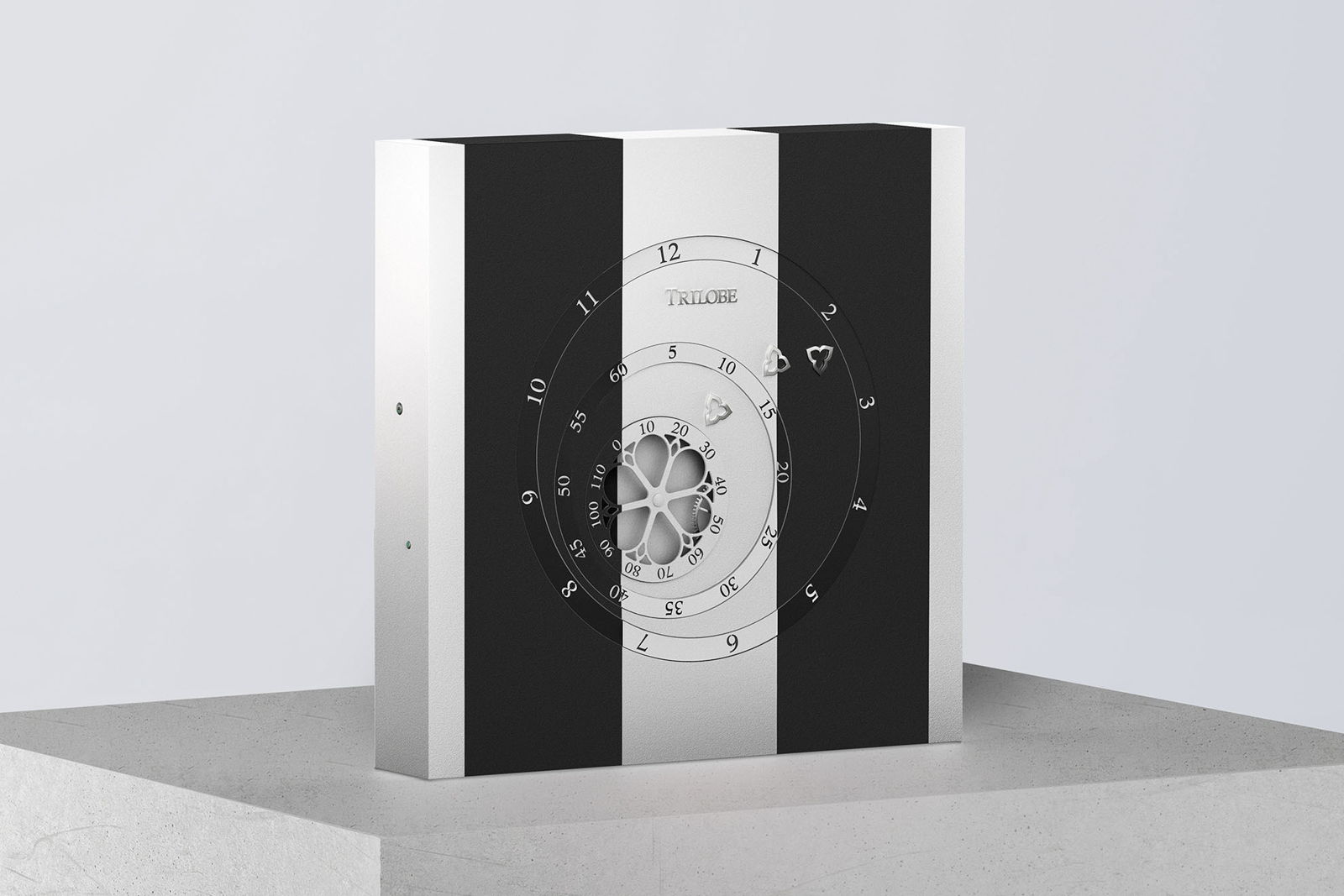
Given the odd timing, one of the principals must have been running late for the meeting, which I find oddly charming. Regardless, the clock design mirrors Trilobe’s signature triple disc dial, and the vertical stripes line up perfectly twice a day, at about 27 seconds past 2:13.
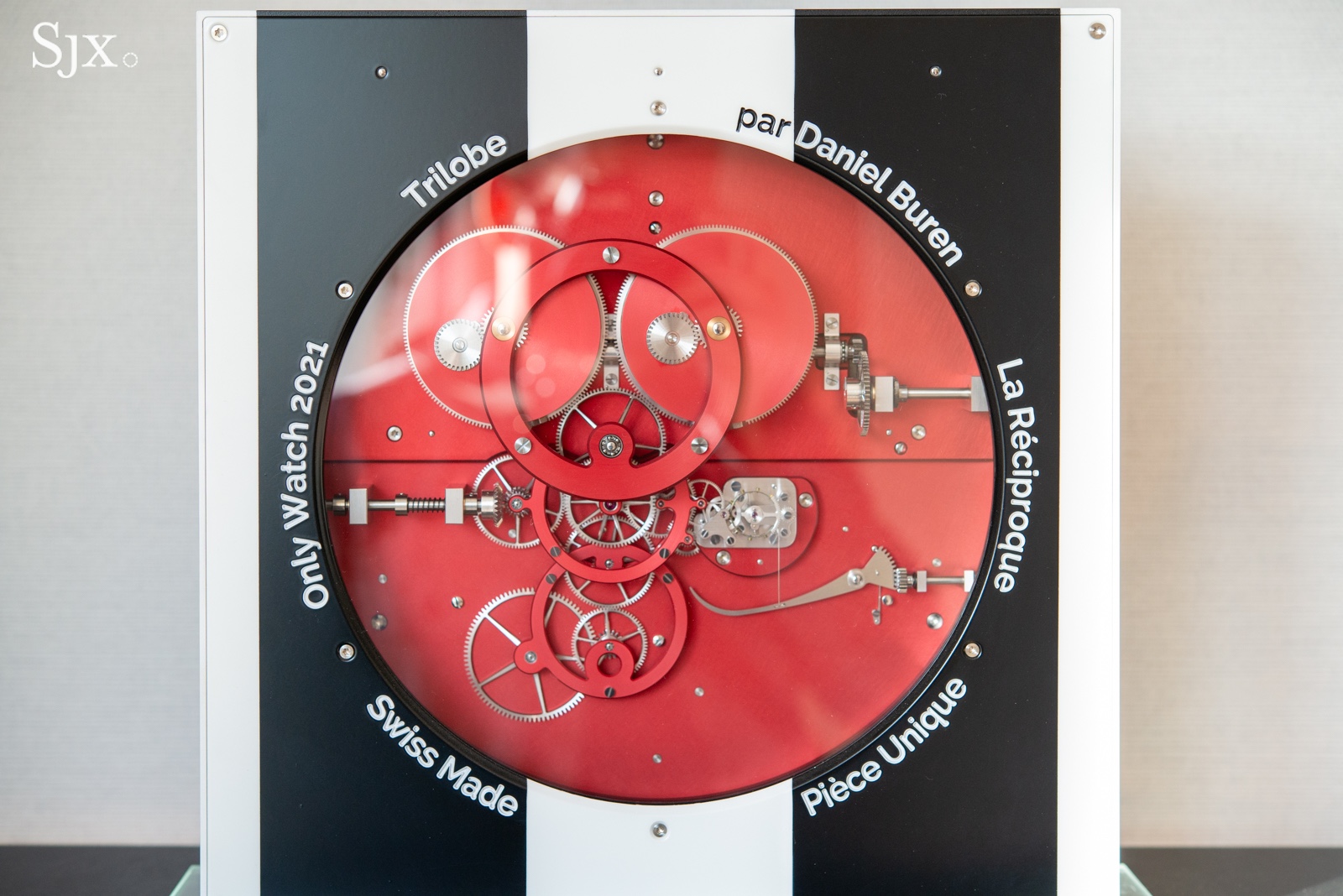
The brand’s latest creation, Le Temps Retrouvé, is even more whimsical. Conceived as a living mechanical sculpture, it merges horology and contemporary art into a sculpted bust.
Interestingly, the clock can can be customised to mimic any face of the buyer’s choosing, and is sculpted by Stéphane Gérard Atelier, also based in Paris. The clock comes to life through movement: the eyes rotate to mark the minutes, while rosette-shaped temples open and close to indicate the hours.
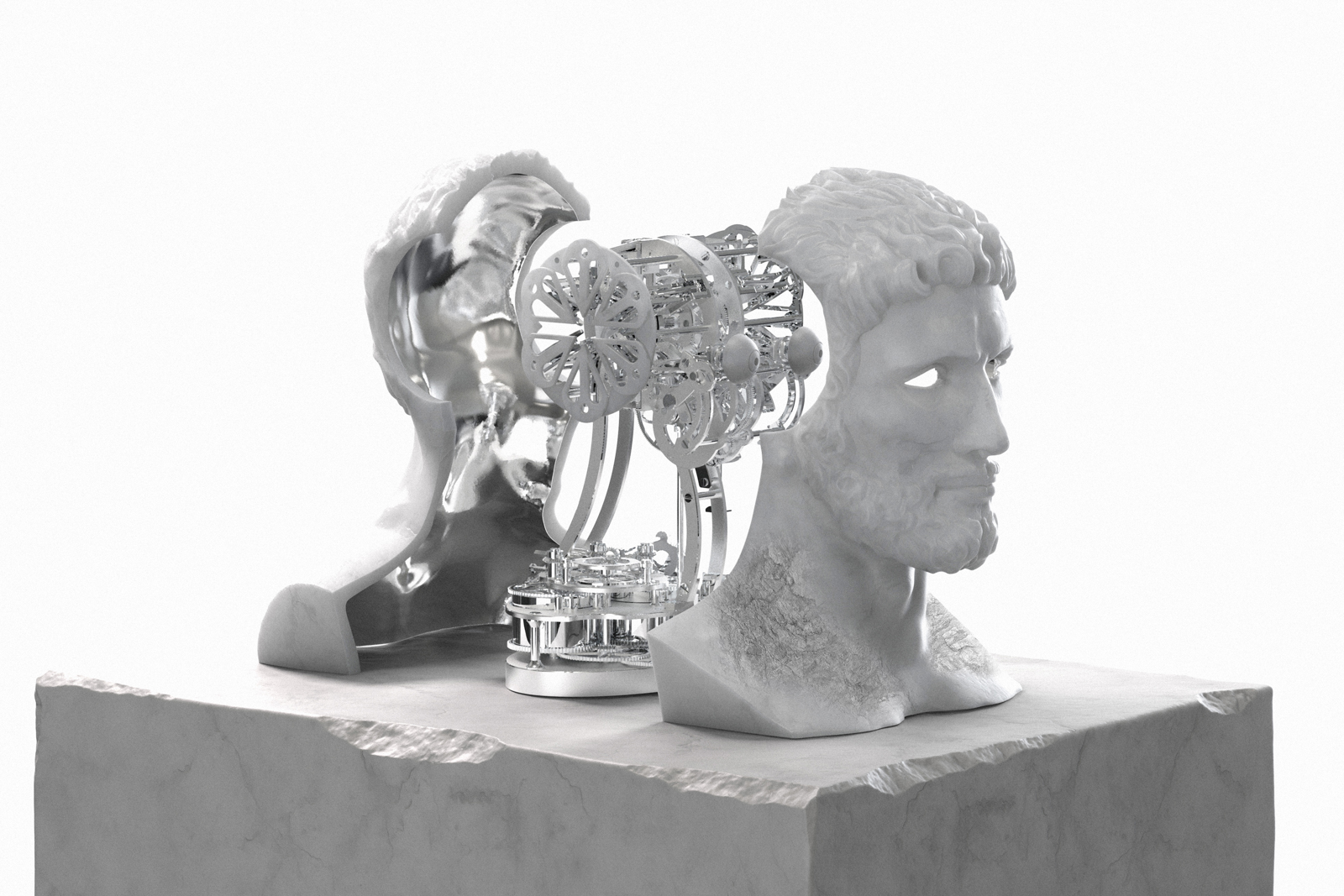
Technically, it’s about as ambitious as any grand complication. The movement, developed with micro-mechanical engineering specialist Manufacture Masur in Sainte-Croix, comprises 2,050 components, ingeniously arranged through a series of right-angle transmissions and cams that drive the sculpture’s motion. In total, the production of the prototype took about 2,000 labour hours.

They say smell is the sense that is most closely tied to memory, and Le Temps Retrouvé is more than just a mechanical brain: a hidden mechanism creates a rhythmic exhalation via the bust’s nostrils, powering a custom fragrance diffusion system. The buyer will be invited to collaborate with a Parisian perfumer to compose a bespoke scent.

Concluding thoughts
Visiting the atelier, I was pleasantly surprised and impressed by what I found. Trilobe’s trajectory reflects a rare blend of poetic imagination and industrial discipline. What began as a simple time display complication outsourced to specialists has evolved into a quietly ambitious bid to rebuild French watchmaking itself.
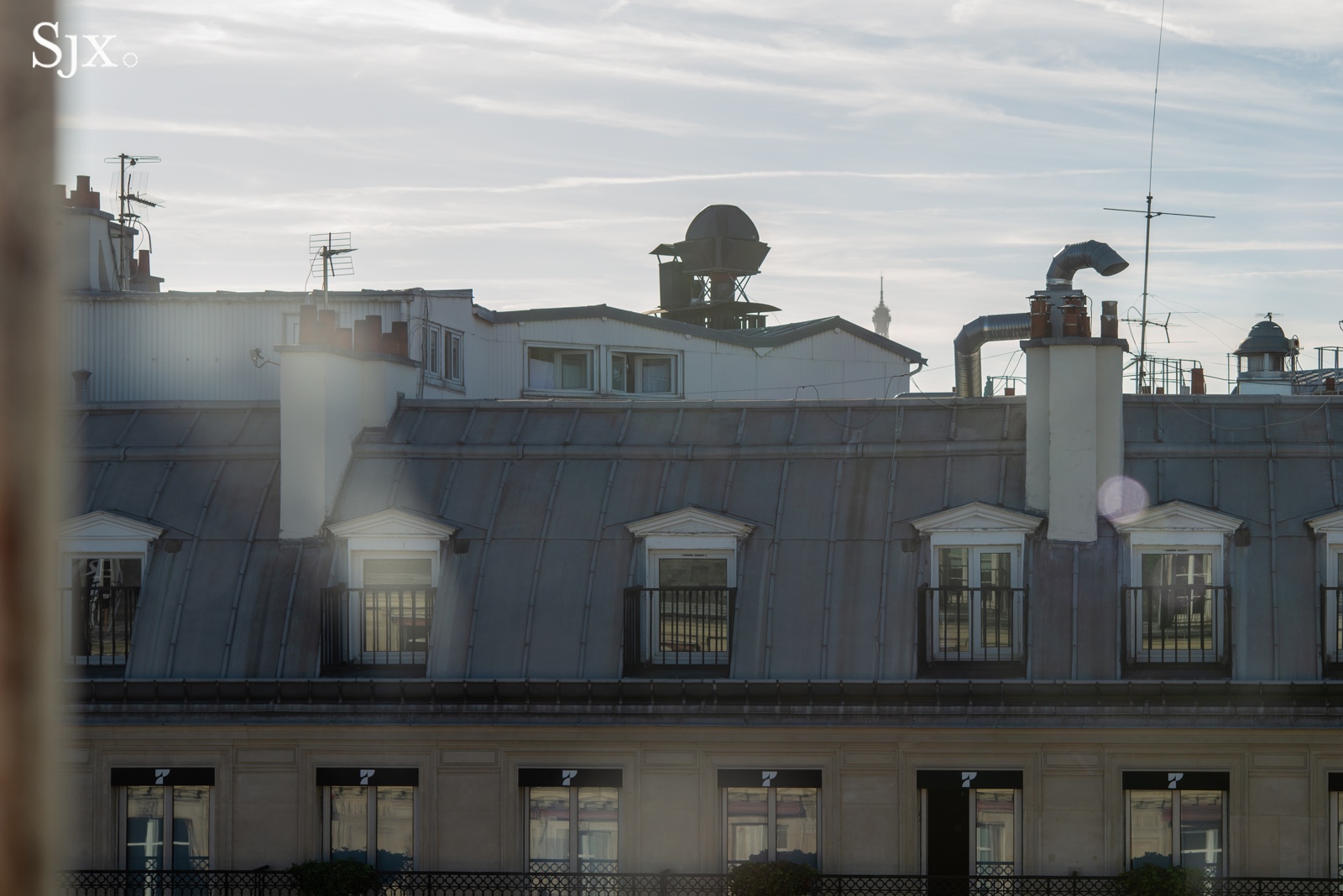
The top of the Eiffel Tower can be seen from the Trilobe atelier, with Haussmannian rooftops in the foreground.
For more, visit trilobe.com.
Back to top.

